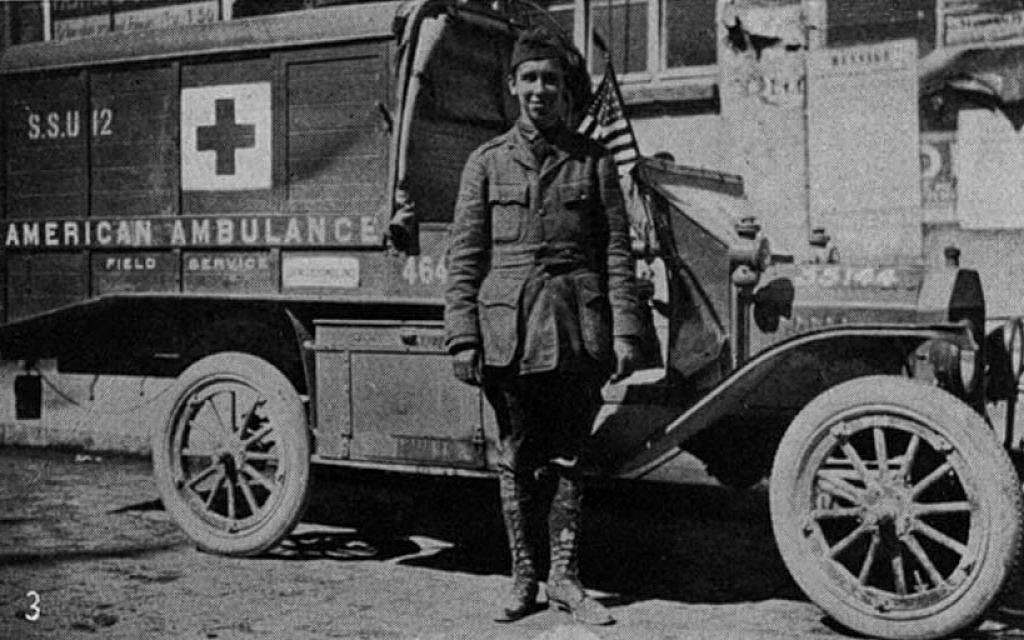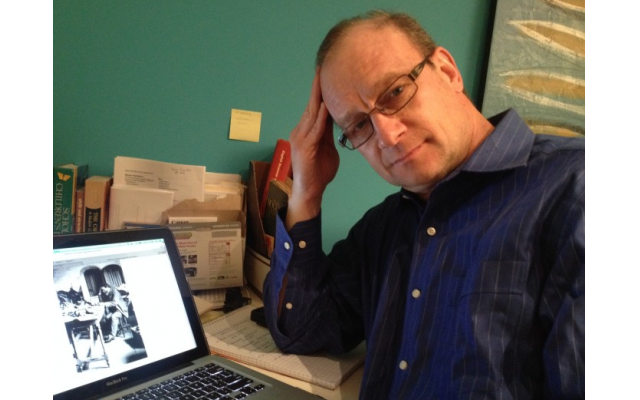Remembering the War to End all Wars
A memorial to the "doughboys" belongs alongside those to the American veterans of the wars that followed.
Dave Schechter is a veteran journalist whose career includes writing and producing reports from Israel and elsewhere in the Middle East.
We will arrive soon at the centennial of the 11th hour, of the 11th day, of the 11th month of 1918, the day that World War I ended.
Known as The Great War, and sometimes as The War To End All Wars, this was the war that saw the advent of aerial warfare and the expanded use of chemical weapons.
This was the war that redrew the maps of Europe and the Middle East, setting in motion conflicts that remain active today.
This was the war in which, on all sides, 10 million military personnel were killed and 23 million wounded.
America entered the war in June 1917, three years after it began. The “doughboys,” as the troops of the American Expeditionary Force were known, fought with distinction in some of the war’s most significant battles, among them Belleau Wood, St. Mihiel, and Meuse-Argonne.
Of the 4.7 million Americans in uniform during that period, 2 million were deployed to Europe and, of those, 1.2 million engaged in combat.
AEF casualties numbered 116,516. Disease – primarily the influenza pandemic of 1918 – and causes other than enemy weapons accounted for 54 percent of those deaths. Another 204,402 Americans were wounded or gassed.
The ranks of the AEF included 250,000 Jews. Their casualties numbered 3,500, and 12,000 were wounded or gassed. Jews received seven of the 124 Medals of Honor awarded for World War I.
Among the Jewish veterans of this period were Isador Robinson and Frank Schechter.
Isador trained as a pilot at Kelly Army Air Field in Texas, but did not deploy.
I have have his Army Air Service insignia and photographs of 2nd Lt. Robinson, in his leather jacket and helmet, with goggles, standing next to an airplane.
After the war, Isador returned home to Des Moines, Iowa, where he was a lawyer, husband to Margaret, and father to Sally, my mother.

Frank, born in England and raised in New York City, was a young lawyer when a German submarine torpedoed the RMS Lusitania, en route from New York to Liverpool, on May 7, 1915, killing more than 1,100 on board, including 120 Americans.
By the summer of 1917, Frank had enlisted and traded his three-piece suit for an Army uniform. He was assigned to the 1st Battalion/359th Regiment/180th Brigade/90th Division, made up primarily of men from Texas and Oklahoma, and known as the “Tough ‘Ombres.”
Frank, who spoke German, was an intelligence officer with the unit, which saw combat in France almost constantly from mid-August until the war’s end, and then remained in Germany during the post-war occupation.
When 2nd Lt. Schechter returned to New York City, he resumed his legal career, and was a husband to Alice, and father to Daniel, my father.
The gas he inhaled, probably during the battle at St. Mihiel (barrages of poisonous gas were fired across the trenches by both sides), likely contributed to the breathing difficulties that led to his premature death at age 47.
For about 25 years, I was among a small number of people who kept track of the dwindling number of World War I veterans.
The last living American veteran, Cpl. Frank Buckles, who had enlisted at age 16 and was an ambulance driver in France, died in 2011 at age 110.
Buckles’ last wish was that his comrades be remembered with a memorial on the National Mall in Washington, D.C.
That wish has yet to be fulfilled.
Yes, there is a National World War I Museum and Memorial in Kansas City, Missouri.
And there is a proposal to remodel Pershing Park in Washington, D.C. (named for the AEF commander, Gen. John J. “Black Jack” Pershing) to add a World War I memorial.
With all due respect to my former neighbors in Kansas City, and the undoubtedly well-intentioned bureaucrats in Washington, the veterans of World War I deserve to be remembered on the National Mall, alongside memorials to the American veterans of the wars that came after the war that was supposed to end all wars.




comments